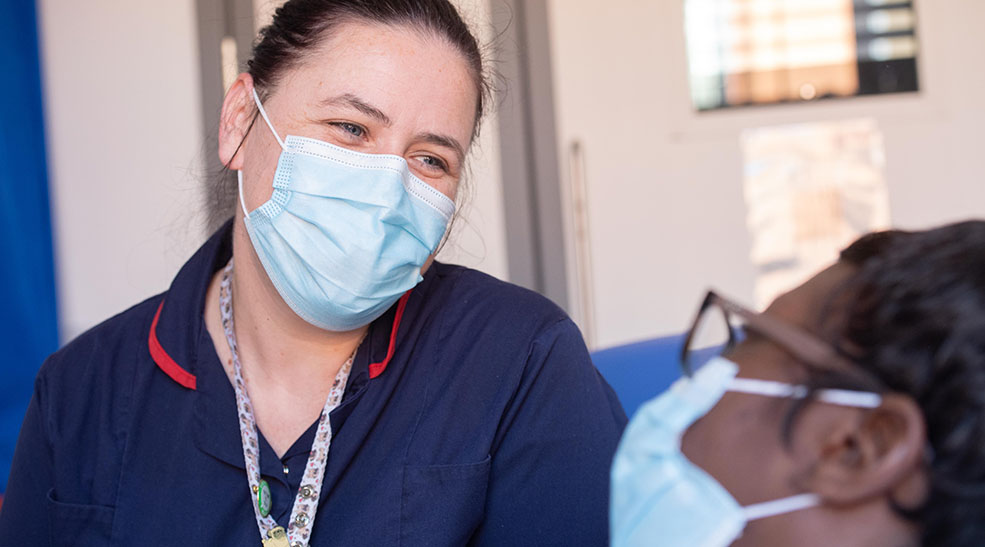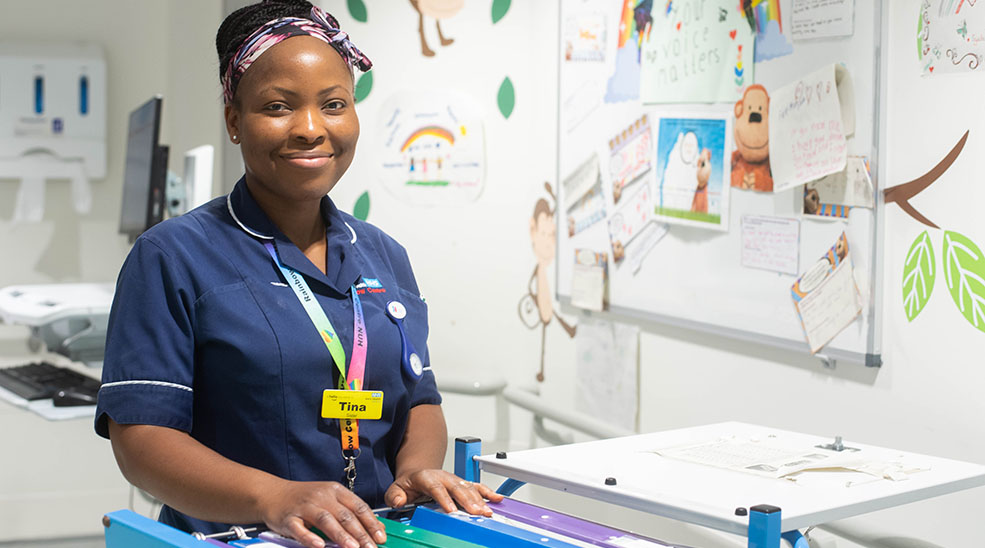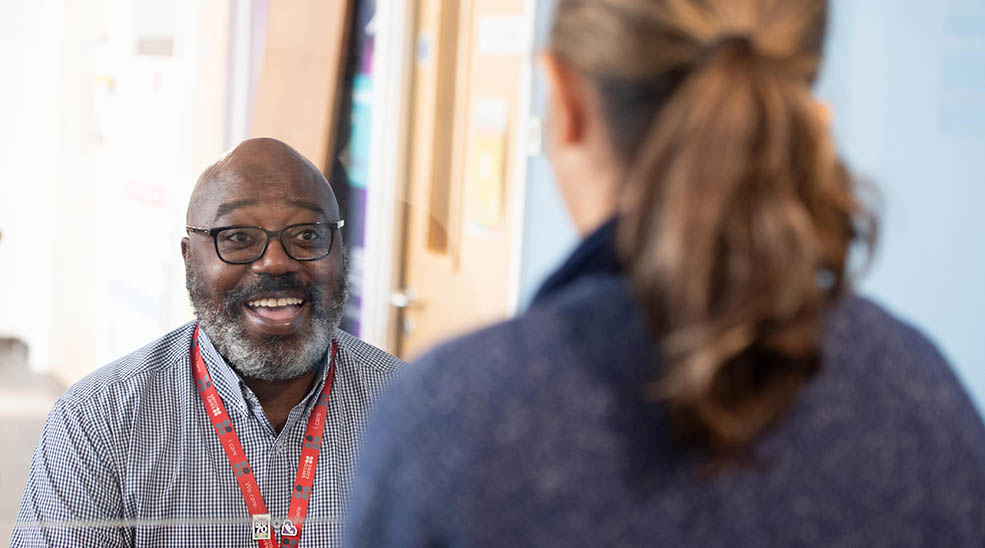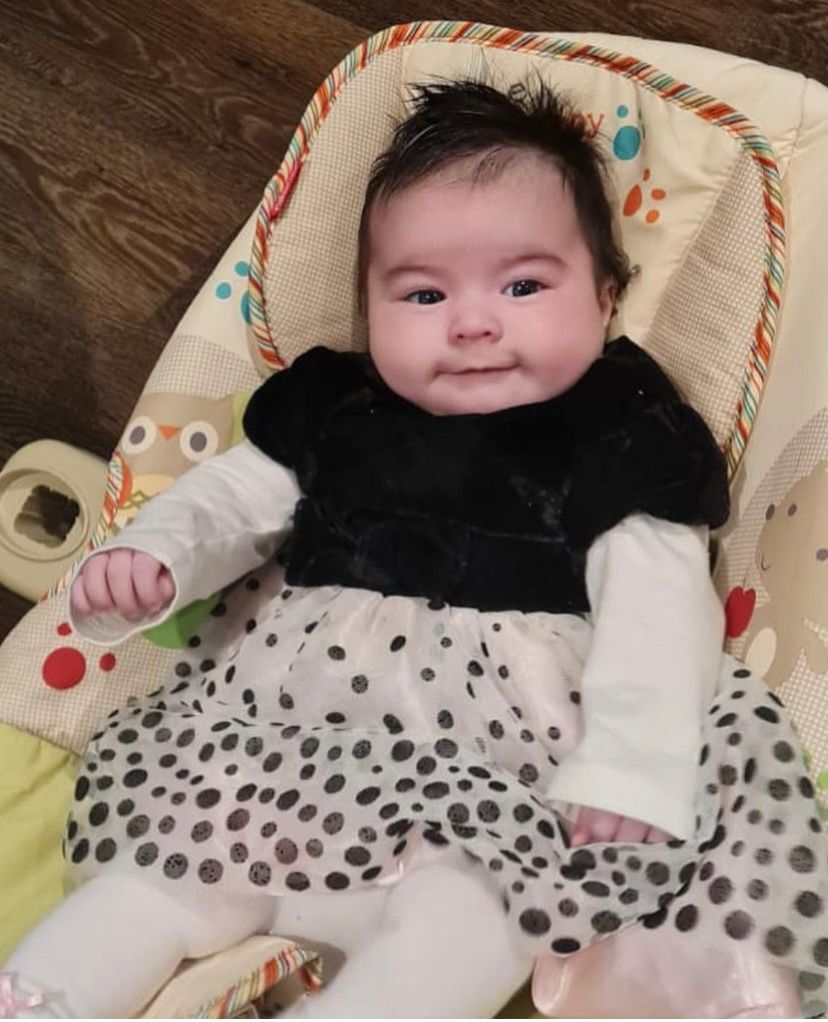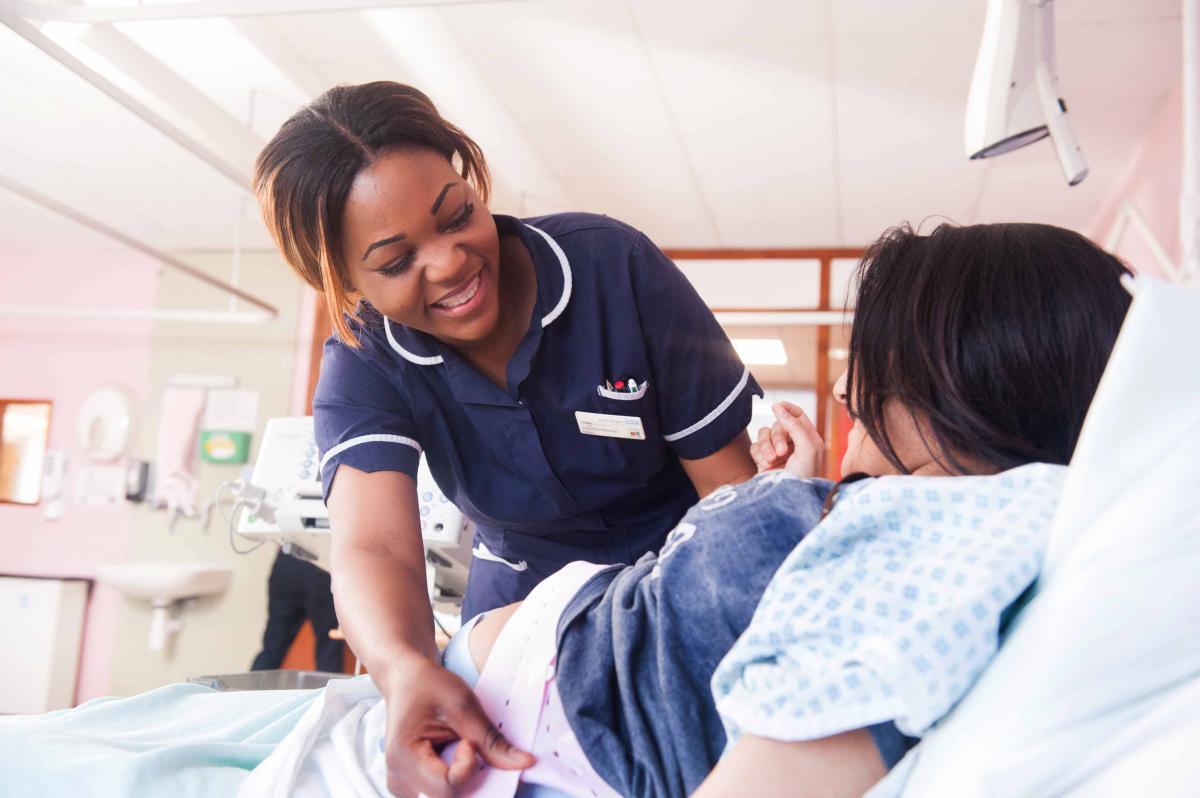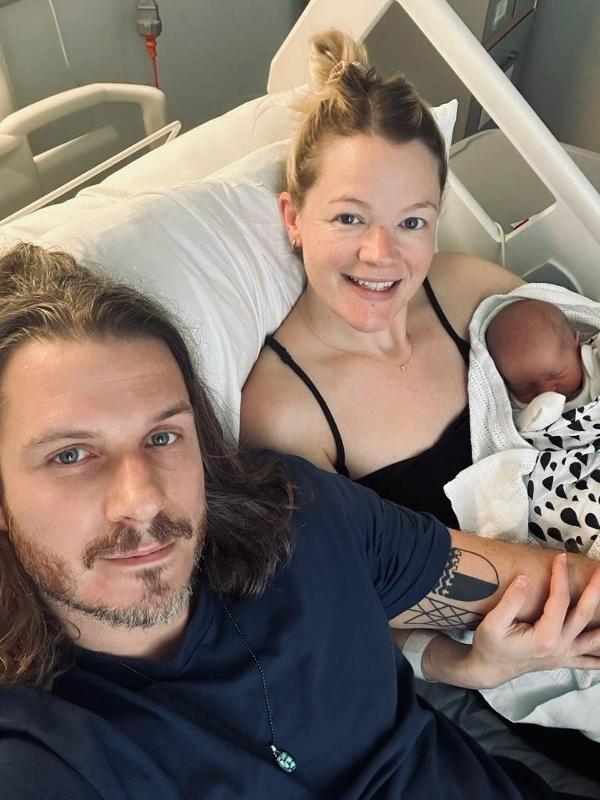Use boxes and accordions for your pieces of text content
Use boxes and accordions to present supporting information for your page. Separate your information into logical sections so that people can quickly access the information they need.
This page uses two different box options: a St Bartholomew's box (at the top of the page) and a Newham 'split' box (second box from the top).
List accordions alphabetically by title unless there is an exceptional reason not to - this is because everyone understands an alphabetical list, whereas other ordering may be subjective to you as a publisher.
To style a box or accordion, there are specific style options for each hospital. If it is a general page, you can use a mixture of box colours but use Accordion - NHS Blue for accordions.
On hospital-specific pages, you can use:
- Barts - Accordion (hospital name)
- Barts - Blocks - text image left or right (hospital name)
- Barts - SPLIT - text image. You have both left and right options for each hospital.
- Maternity - text image right. This has a white background.
Use headings
Use headings to chunk text up so that it is easy to read; do not use bold. Formatting a heading correctly allows screenreaders to jump down the page and automatically assigns it the right spacing and colour. This doesn't happen when you just use bold. You can change the heading in the text editing area using the dropdown that defaults to the word 'normal'.
Heading 2
Heading 3
Heading 4
Heading 5
Heading 6
Normal
Headings within a box
The boxes (for each hospital) have been designed to automatically apply a certain font style. This includes a coloured heading, a larger subhead and normal body text.
To apply the coloured heading, select your text and choose heading 2.
Your subhead should be written in a way that contains the most important information your patient needs. You don't need to apply any heading formatting to this text - it happens automatically as long as you've created a new paragraph.
Your normal body text will appear automatically from the third paragraph.
Split boxes are styled manually using appropriate headings.
Use a call to action
This page uses a call to action in the green box to signpost to the digital team. You should use this to signpost people to important webpages, emails or documents.
To create this, when you add this link, select advanced from the URL window. Under stylesheet classes, type the letters cta This will automatically apply the border to the text with the URL.
Use a pull-out quote
Is there a key message or quote you would like to pull out? Use a pull out quote by clicking on the quote marks in the text editor.
It pulls out the whole paragraph, so keep it restricted to a single quote or key message.


